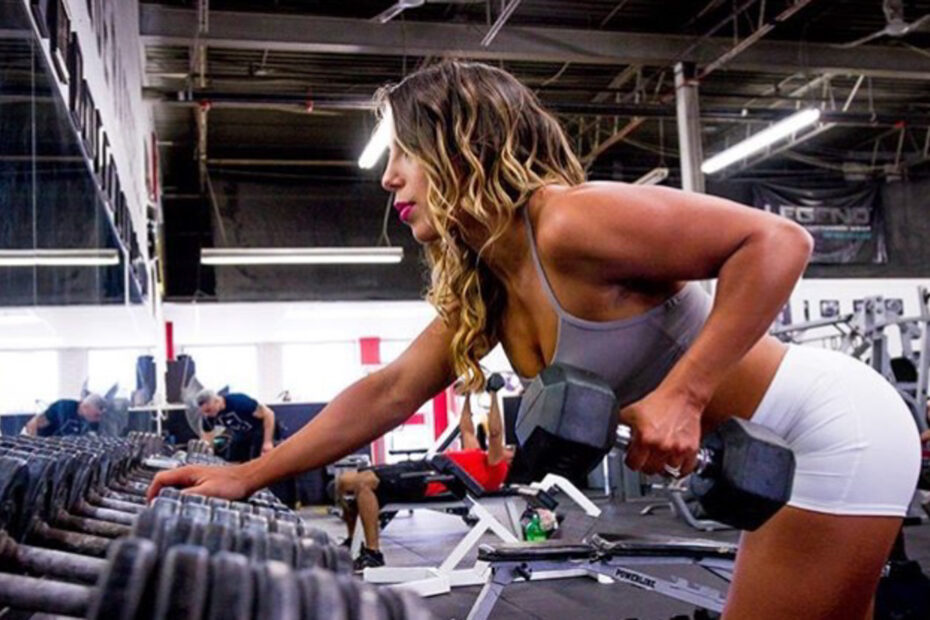Walk into any gym and you’ll see it: one side filled with women grinding away on treadmills, the other packed with men moving barbells. The fitness industry has pushed this divide for decades—telling women they need “toning” classes, pink dumbbells, or endless cardio to look the way they want.
The truth? Women don’t need completely different training programs than men. The science of building muscle, losing fat, and improving performance is the same. But there are some key considerations that make women-specific programming more effective.
Here’s what actually matters when it comes to women’s workouts.
1. Strength Training Isn’t Optional
One of the biggest myths is that lifting heavy will make women “bulky.” The reality: women don’t have the same hormonal profile as men—building slabs of muscle takes years, even with perfect training and diet.
What strength training does do:
-
Builds lean muscle that shapes the body
-
Increases metabolism (more muscle = higher calorie burn)
-
Strengthens bones and joints, reducing injury risk
-
Improves confidence inside and outside the gym
If you want that “toned” look, lifting weights is the path. Tone is just muscle + lower body fat.
2. Train Lower Body with Intention
Many women want to focus on glutes, legs, and hips. That’s smart—these are the largest muscle groups in the body and drive overall calorie burn.
Key movements to prioritize:
-
Squats (barbell, goblet, Bulgarian split squats)
-
Deadlifts (Romanian, conventional, hip hinge variations)
-
Hip thrusts and glute bridges
-
Step-ups and lunges
Glute activation drills before training can also help women “feel” the muscles better, which improves results over time.
3. Don’t Neglect Upper Body
It’s tempting to skip pressing and pulling work in favor of lower-body days. But balanced training matters. Strong shoulders, arms, and back not only look great—they prevent injuries and improve posture.
Movements to include:
-
Push-ups and bench variations
-
Overhead press
-
Rows and pull-ups (assisted if needed)
-
Bicep curls and tricep extensions for accessory strength
A well-rounded physique comes from training the whole body, not just half.
4. Cardio: Quality Over Quantity
Cardio has a place in women’s programs, but endless hours on the treadmill aren’t necessary. Too much steady-state cardio can actually eat into recovery and muscle growth.
Better approaches:
-
Low-intensity cardio (walking, incline treadmill, cycling) to aid recovery and fat loss
-
Interval training (HIIT) for conditioning and calorie burn in less time
-
Active recovery on off days to keep energy up without burning out
Use cardio as a tool, not a crutch.
5. Nutrition and Hormones Matter
Training results are deeply connected to nutrition and recovery. Women often undereat—especially protein—and then wonder why strength stalls or progress slows.
-
Aim for 0.8–1g protein per pound of bodyweight
-
Don’t fear carbs—they fuel your workouts
-
Understand that hormonal cycles can affect energy, strength, and recovery. Tracking your cycle helps you notice patterns and adjust intensity as needed.
6. Consistency Beats Complexity
The best program isn’t the fanciest—it’s the one you’ll actually follow. Women don’t need “special” exercises designed just for them. They need structured training with progressive overload, consistent nutrition, and enough recovery to adapt.
How Torque Training App Helps
Women’s goals often vary—some want fat loss, others want muscle growth, many want both. The Torque Training App simplifies the process:
-
Custom programs that build strength and shape, not bulk
-
Nutrition plans designed around preferences and needs
-
Trainer feedback to adjust for injuries, energy levels, or cycle changes
-
Progress tracking so you can see results month by month
Instead of guessing, you get a system that evolves with you.
Final Thoughts
Forget the myths. Women don’t need separate “pink dumbbell” workouts. They need structured, progressive training built around strength, balance, and sustainable nutrition.
The formula is simple:
-
Lift heavy.
-
Train your glutes and legs with intention.
-
Balance with upper body strength.
-
Use cardio strategically.
-
Fuel your body, don’t starve it.
Do that consistently, and your body will change in ways cardio alone never could.
With the right plan, women don’t just get leaner—they get stronger, healthier, and more confident. And that’s what training should be about.
